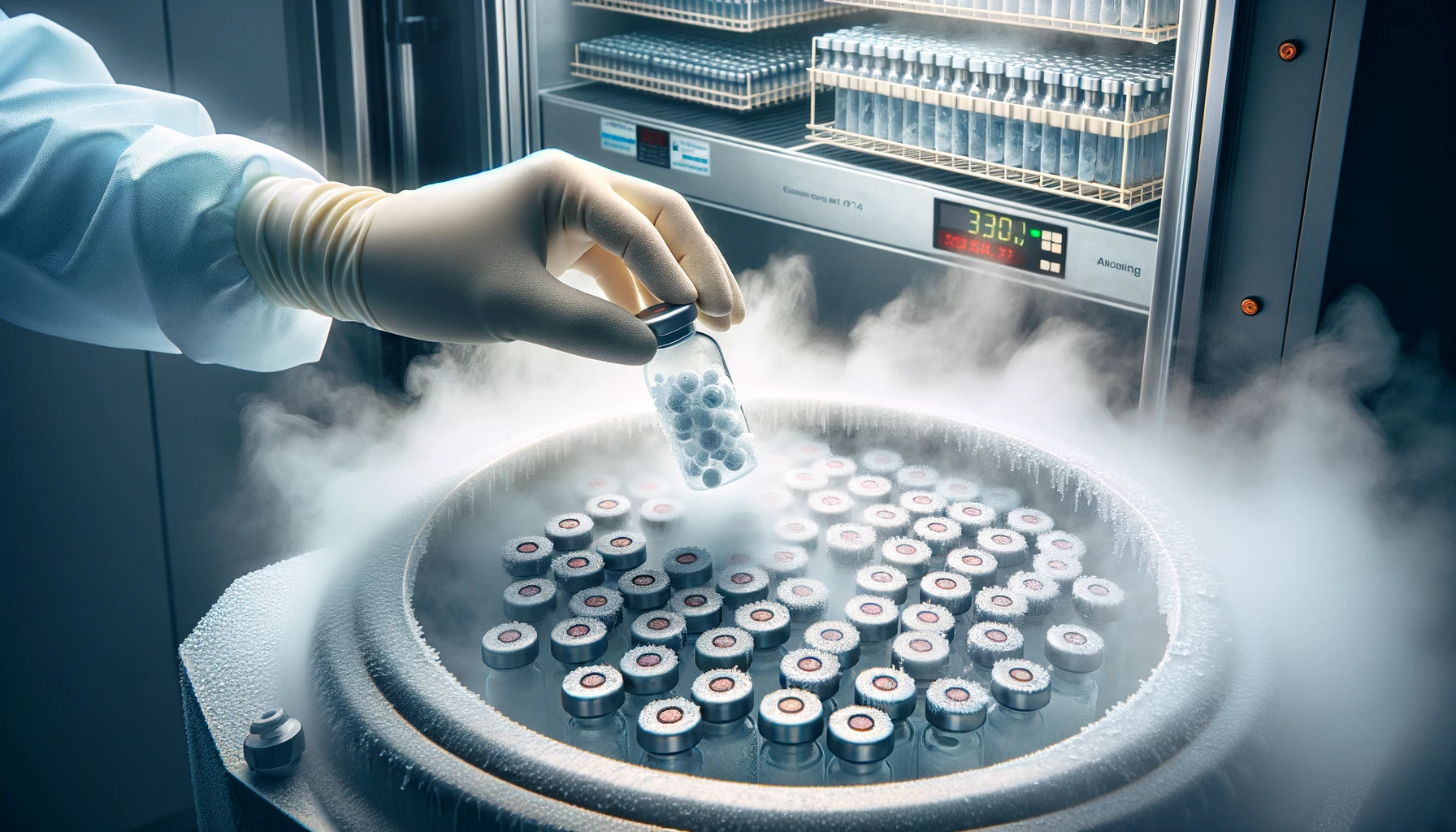My Learnings on the Importance of Cryopreservation in Biomanufacturing
Until recently, cryopreservation was a process I performed without much thought. Throughout my academic career, the convenience of pre-made recovery media, like those from Gibco containing DMSO, was something I took for granted. And in the cultured meat industry, DMSO or glycerol mixed with media seemed to be the norm for freezing agents. But after engaging with experts in cryopreservation earlier this year, my eyes were opened to the intricate complexities and undeniable importance of this process - especially when working at large scales 🧪.
When it comes to the freezing and thawing of cells, the challenges of viability, the toxicity of freezing agents, and scaling up cryopreservation can significantly influence the Cost of Goods Sold (COGS) in biomanufacturing.
Here are a few insights:
The viability of starting cell numbers can dramatically affect the time required to achieve your target cell density, potentially extending processes by days, especially if beginning from a smaller scale 🕒.
The toxicity of freezing agents, while often mitigated by dilution and not a major concern for regulators, highlights an increasing interest in non-toxic alternatives or even eliminating freezing aids altogether 🌱.
Scaling up cryopreservation isn't just a challenge; it's an untapped opportunity. Effectively freezing cells in large cryo-bags could allow for initiating seed trains directly in larger bioreactors, streamlining the entire process by skipping steps in the seed train 🚀.
As the cell-based market continues to surge, with immense growth anticipated, numerous startups are exploring innovative approaches to revolutionize cryopreservation. Though much of this attention is currently focused on cell-based therapies and assisted reproductive technologies, the potential for significant impact within cellular agriculture is vast. Imagine bypassing smaller bioreactors entirely and seeding larger ones at near-full capacity from the get-go 🌾.
I've stumbled upon several startups innovating in this space, including Vitrafy Life Sciences, Cryocrate LLC and Cryoport Systems. And if you're curious to dive deeper into the science of cryopreservation, I highly recommend a thorough review by Sanja Bogic and Joao Pedro de Magalhaes (see here) 🔍.
If you are contemplating the efficiency of your cryopreservation process, or you are interested in chatting more, then please reach out 💼🌟.

